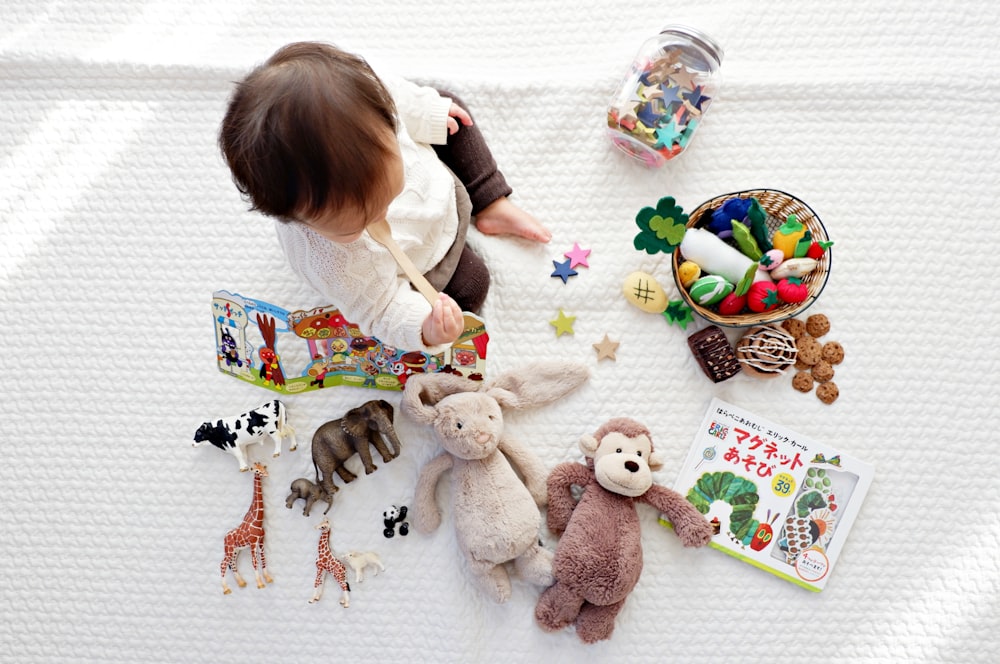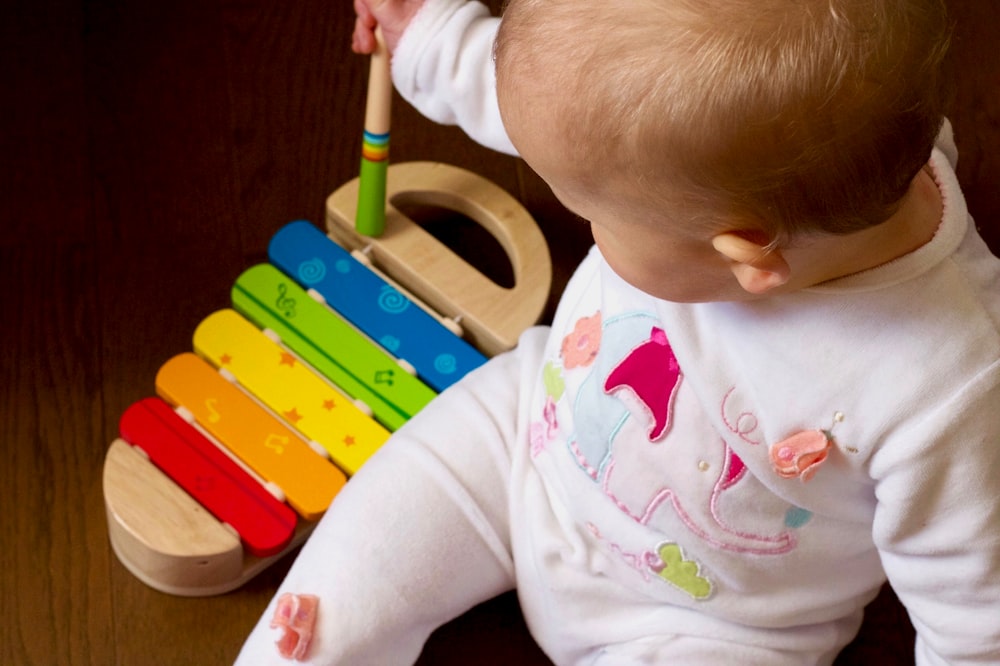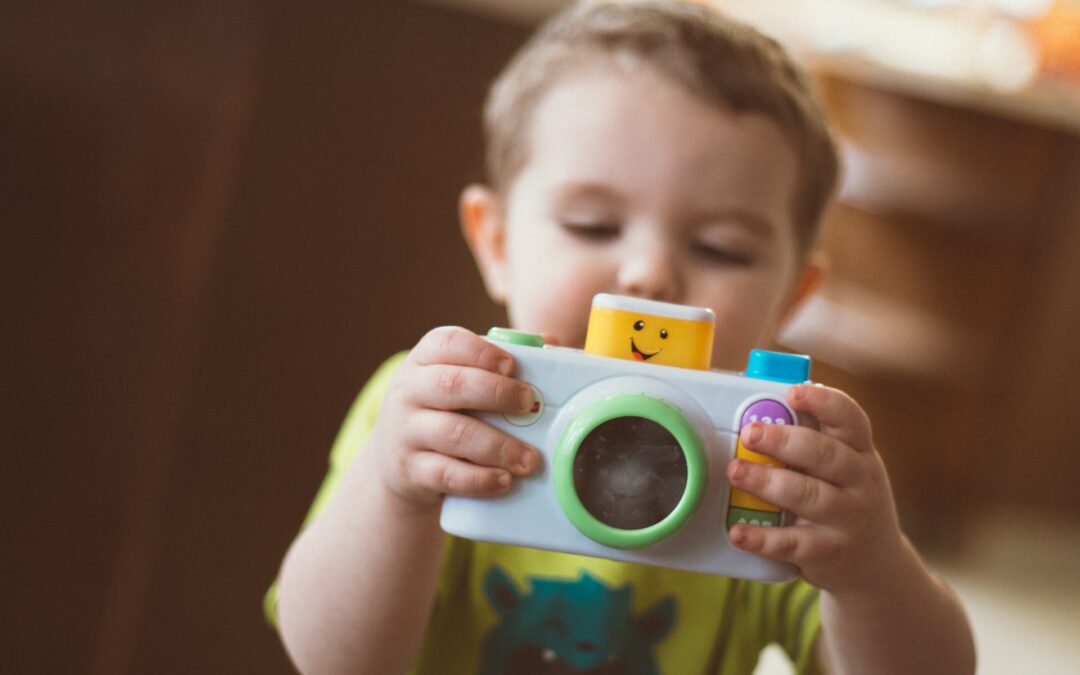It might be difficult to find the proper preschool for your child. Parents, particularly those who live in “child care deserts,” face a statewide preschool deficit. There’s also the issue of trying to discover high-quality programs in addition to finding accessible preschools.
According to some studies, only 8-10% of preschool centers in the United States are rated as high-quality, despite the fact that studies show that children who attend preschool are less likely to fail future grades, graduate from high school and attend college, and end up in the criminal justice system.

What should parents look for while looking for a preschool? Because there are so many preschool options for families, we put prepared a quality indicator checklist of what parents should look for throughout their search:
1. License check
For all center-based programs and family child care homes, only examine options that have been licensed by the state regulatory agency.
2. Academic Fundamentals
Inquire about working hours, educational philosophy and curriculum, teacher qualifications, instructor turnover rates, and guiding tactics. But, as Daryl-Lynn Johnson, director of Unity Preschool in Evanston, IL, warns, don’t get too hung up on instructor credentials. “Better credentials don’t always imply a better teacher.” A superb teacher does not need a master’s degree in education; years of experience can be much more beneficial. A master’s degree in early childhood education is more valuable than a master’s degree in elementary education.
3. Parental Interaction And Visitor Policies
Consult the school calendar for information on family activities, volunteer opportunities, and guest policies. Parents should be allowed to visit the program at any time. Also, verify sure the calendar works for your family—is the program open all year, or only during the weeks or months when you’ll need it?
4. A Daily Routine
For babies, the program should adhere to each child’s specific schedule so that they feed when they’re hungry, sleep when they’re sleepy, and aren’t confined to a seat all day. A more structured day with a regular schedule and routine is better for toddlers and preschoolers.
5. Spending Time Outside
How frequently do they take the kids outside? All children, even babies, should ideally go outside on a daily basis — if not multiple times each day.
6. Quality Assurance
Inquire about any quality assessments or ratings the program has completed since these can clearly suggest a high-quality atmosphere. “You can also check and see what kind of offenses they have been cited for,” Sarah Erdman, Lead Teacher at FB Meekins Cooperative Preschool in Vienna, Va., explains. This could be a little blunder (“Oops, we mixed up some paperwork”) or a major blunder (“Oops, we let a youngster suffer a catastrophic injury.)
7. Student-to-teacher Ratios
What are the student-to-teacher ratios? Examine your state’s regulations. Another indicator of a high-quality program is a lower ratio.
8. There Will Be No Yelling.
Are the teachers interacting with the students? Do they approach them on their level rather than talking down to them? Do you hear yelling and turmoil or do you hear the sound of happy, active children? Investigate the background of any noise or action. Look at the school’s disciplinary policies and how they are implemented, according to Johnson. “Do you mind taking time outs? What does it seem like if they use time-outs? Some schools use timeouts excessively, making them feel alienating and public. I’d look for a school that specializes in the redirection.’ It’s a personal decision; just make sure the school’s disciplinary policy is one you’re comfortable with.

9. Parental Gut Check
Above all, parents should trust their instincts. Examine how you feel once you’ve entered the building. ” Are you unsure about how you’re supposed to feel? Even if you don’t believe your child will attend, go to one or two more programs to get a sense of what type of setting you to prefer.
10. The Classroom
During your tour, look at the classrooms where your child will be learning. Look for a well-organized classroom with a display of the children’s artwork. Apart from a few exceptions, a preschool with a TV or that allows screentime is a big no-no and signals a lack of engagement and activities for children – unless there are a few exceptions. The teacher goes online and finds a 30-second video to show them what one looks like in real life, how it moves, and what it eats.
To look after your children, you need professionals who are also friendly. Please let us know if you require any other information.


Recent Comments